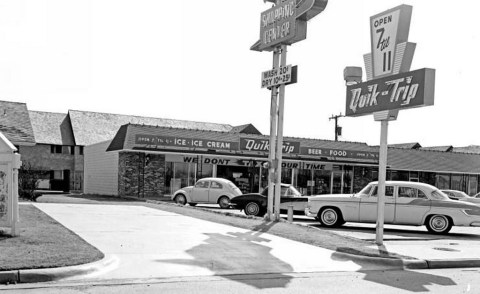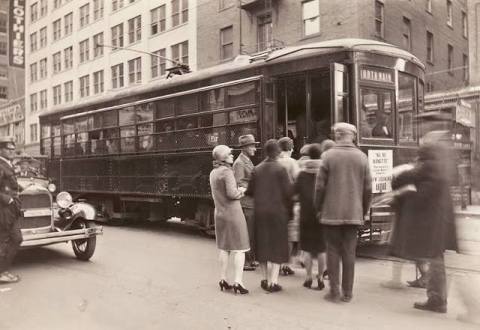These 7 Historic Villages In Oklahoma Will Transport You Into A Different Time
Oklahoma is filled with an abundance of history, especially Native American history. And thankfully, many places in the Sooner State have been preserved or recreated for us to experience what life was like over a century ago. The next time you’re ready to be transported to a different time, check out these 7 historical villages in Oklahoma:
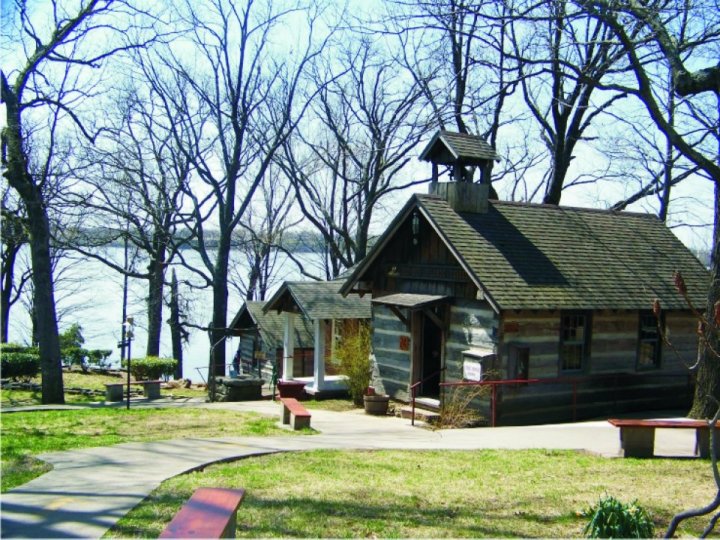

Advertisement
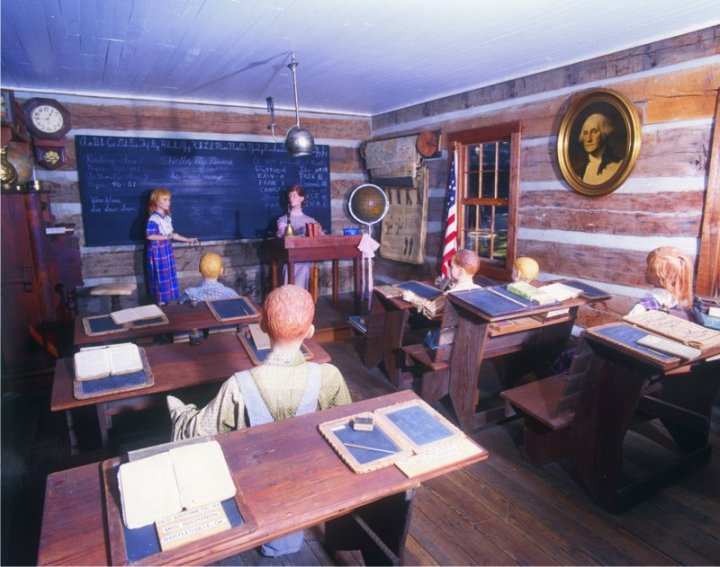
Har-Ber Village is a pioneer-era village and museum that has been re-created along the shores of Oklahoma’s Grand Lake O’ the Cherokee. Visitors take a self-guided stroll through the village to experience the historic buildings, antiques and memorabilia. The exhibits at Har-Ber Village Museum represent a mix of antiques, collectibles and reproductions that give visitors a sense of the times in the mid 1800s to early 1900s in this area of the country. Many historic buildings at the village include a schoolhouse, jail and over 20 log cabins.
Advertisement
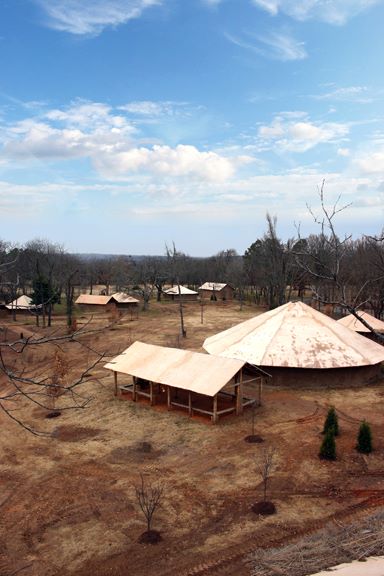
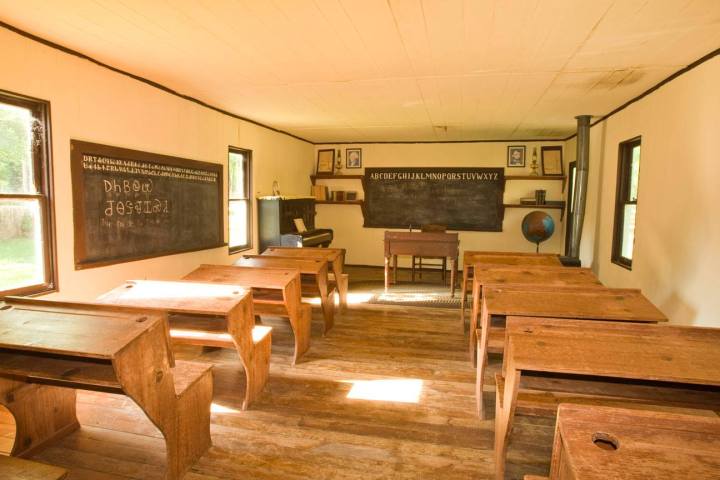

Cherokee Heritage Center in Park Hill (suburb of Tahlequah) is a historical society and museum campus that seeks to preserve the historical and cultural artifacts, language, and traditional crafts of the Cherokee. Outdoor exhibits at Diligwa recreate a 1710 Cherokee Village while the historic wooden buildings of Adams Corner Rural Village revive Cherokee life in the 1890s. Visit several ancient village locations to try your hand at new skills, such as flintknapping, basket making and stickball.
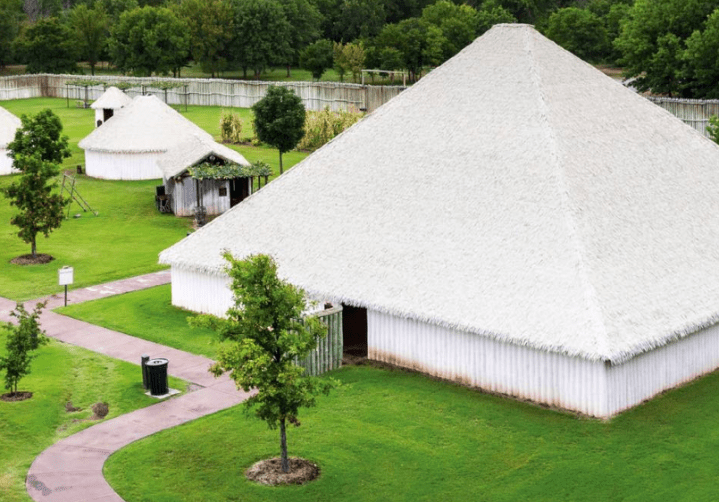
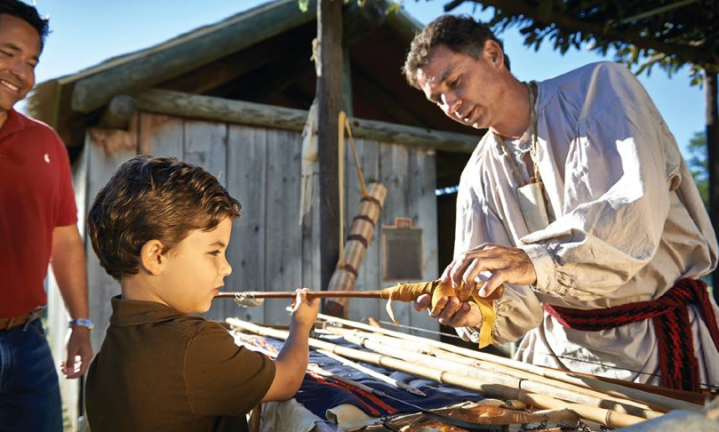
Advertisement

The Chickasaw Cultural Center offers a world of opportunity to learn and connect with Native American history. Watch the story of the Chickasaw people unfold before your eyes through powerful performances, reenactments, demonstrations, collections and exhibits at one of the largest and most extensive tribal cultural centers in the United States. Share in their passion, walk through their past and look to the future – all in one unforgettable experience.

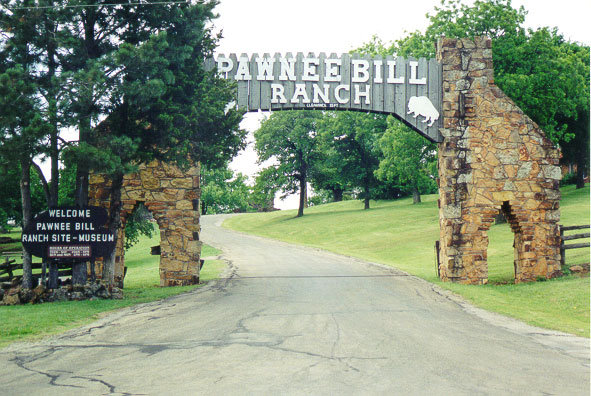
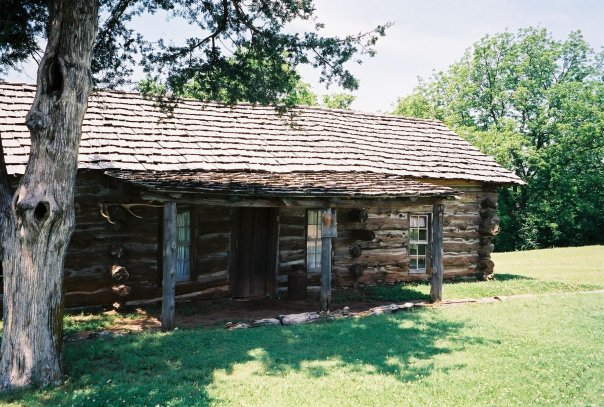
The Pawnee Bill Ranch was once the showplace of the world renowned Wild West Show entertainer, Gordon W. "Pawnee Bill" Lillie. Visitors can now tour Pawnee Bill and his wife May's 14 room mansion, fully furnished with their original belongings. Their dream home, completed in 1910, is filled with Lillie family memorabilia, photographs, original art work, and much more. The Ranch property also houses a museum with exhibits related to Pawnee Bill, the Wild West Shows, and the Pawnees. The five-hundred acre grounds include the original Ranch blacksmith shop, a 1903 log cabin, a large barn built in 1926 and an Indian Flower Shrine - all available for the public to tour.
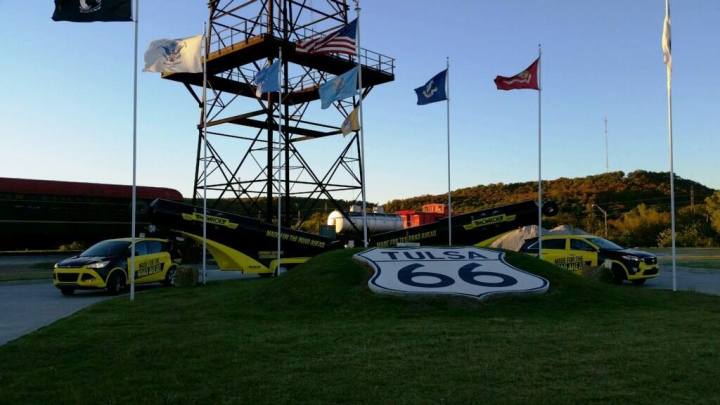
Advertisement
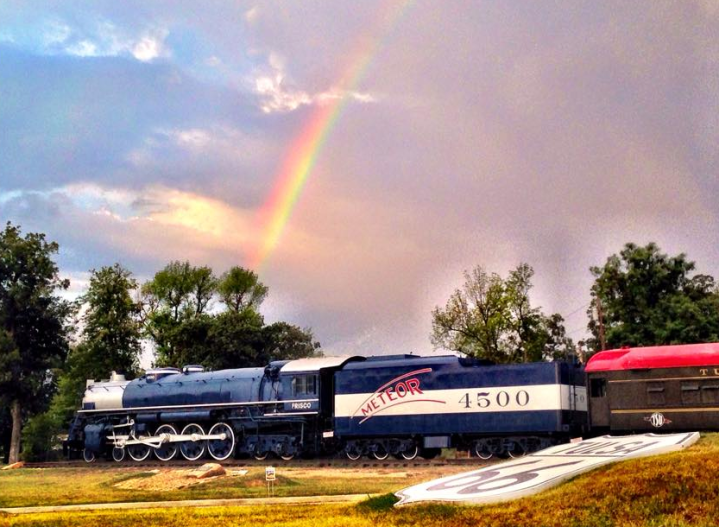

Tulsa’s Route 66 Historical Village is an exhibition showcase center seeking to preserve the history and artifacts of transportation modes and systems that served as the catalysts for development and growth in Tulsa and the nation. The exhibits and archives will include highways, railways, airways, waterways, oil/gas pipelines and even communication systems. All are displayed at a unique, strategic location available to historians, students, teachers and passionate visitors.
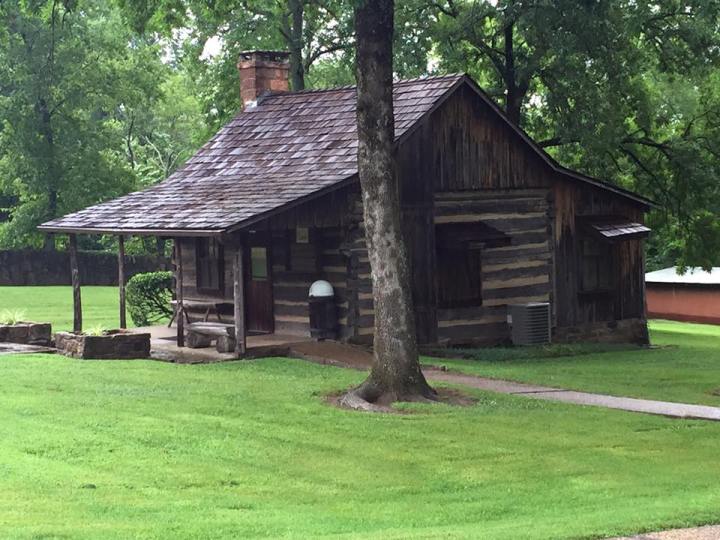
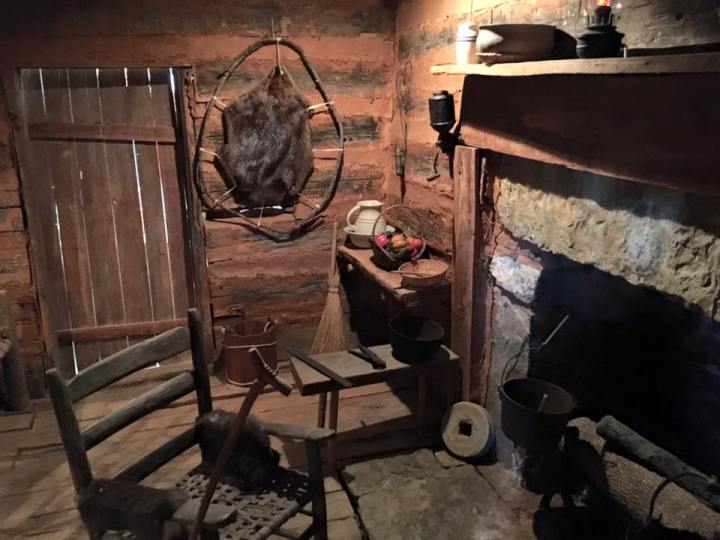
Sequoyah's Cabin, the last home of the
famed Native American scholar and inventor
of the Cherokee Alphabet, is now preserved
in a memorial building set in a beautifully
landscaped 10-acre park. It was here that the famed
Cherokee soldier, scholar and explorer spent
the last years of his life.He built his one-room log cabin in 1829 and visitors will experience firsthand the work of Sequoyah to increase literacy within the Cherokee Nation. The cabin was enclosed in a protective native stone cover building in 1936 for future generations to experience its unique history. At the museum today, Cherokee history and basics of his syllabary's use are taught, and exhibits and artifacts of early Cherokee life are on display. Browse artifacts that reflect the great accomplishments of Sequoyah and his contribution to Oklahoma history and heritage.
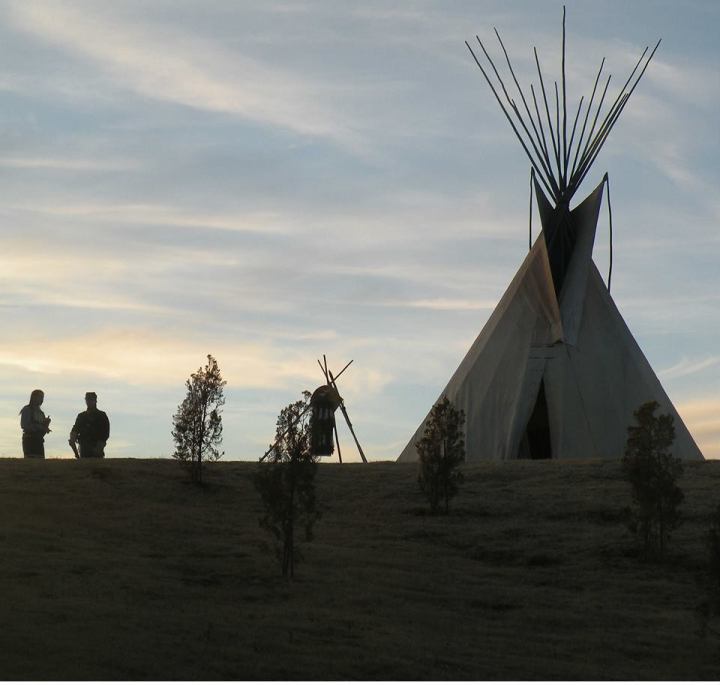
Advertisement
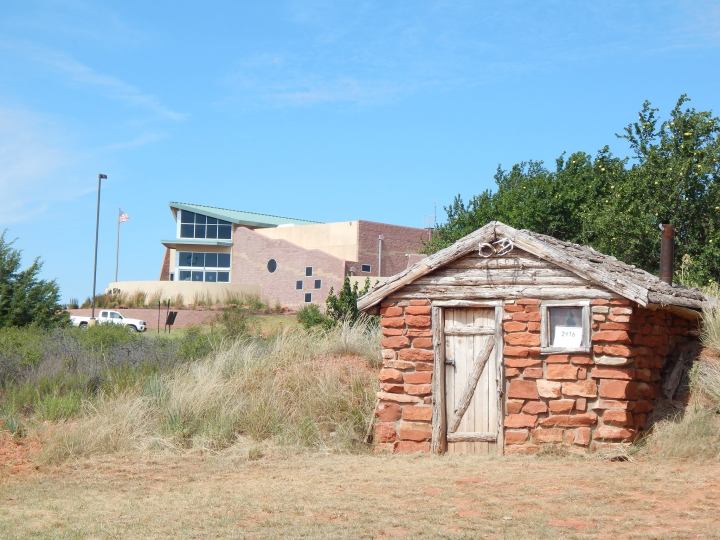
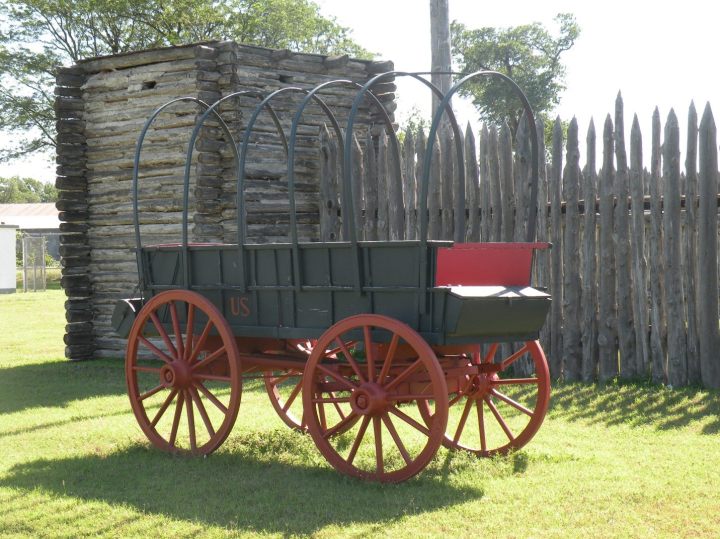
Washita Battlefield National Historic Site protects and interprets the site of the Southern Cheyenne village of Chief Black Kettle where the Battle of Washita occurred. The site, a National Historic Landmark, is located about 150 miles west of Oklahoma City, near Cheyenne. There is a the self-guided trail around the Washita Battlefield National Historic Site that spans 1.5 miles and is open to visitors from dawn to dusk. This site also contains the Washita Native Garden, a wheel-shaped garden that features plants traditionally used by the Cheyenne people.
Thank you to all of the establishments that still preserve our state’s history, and create enjoyable experiences for us to learn more about Oklahoma history.
OnlyInYourState may earn compensation through affiliate links in this article. As an Amazon Associate, we earn from qualifying purchases.


